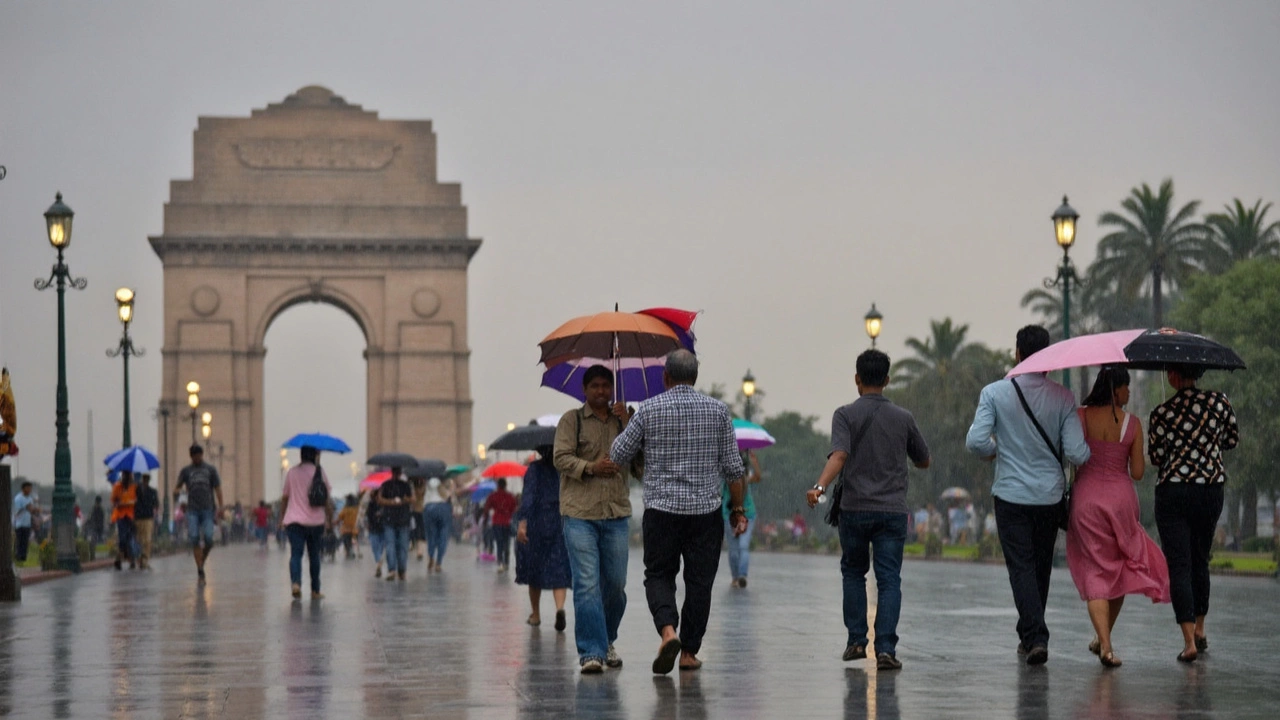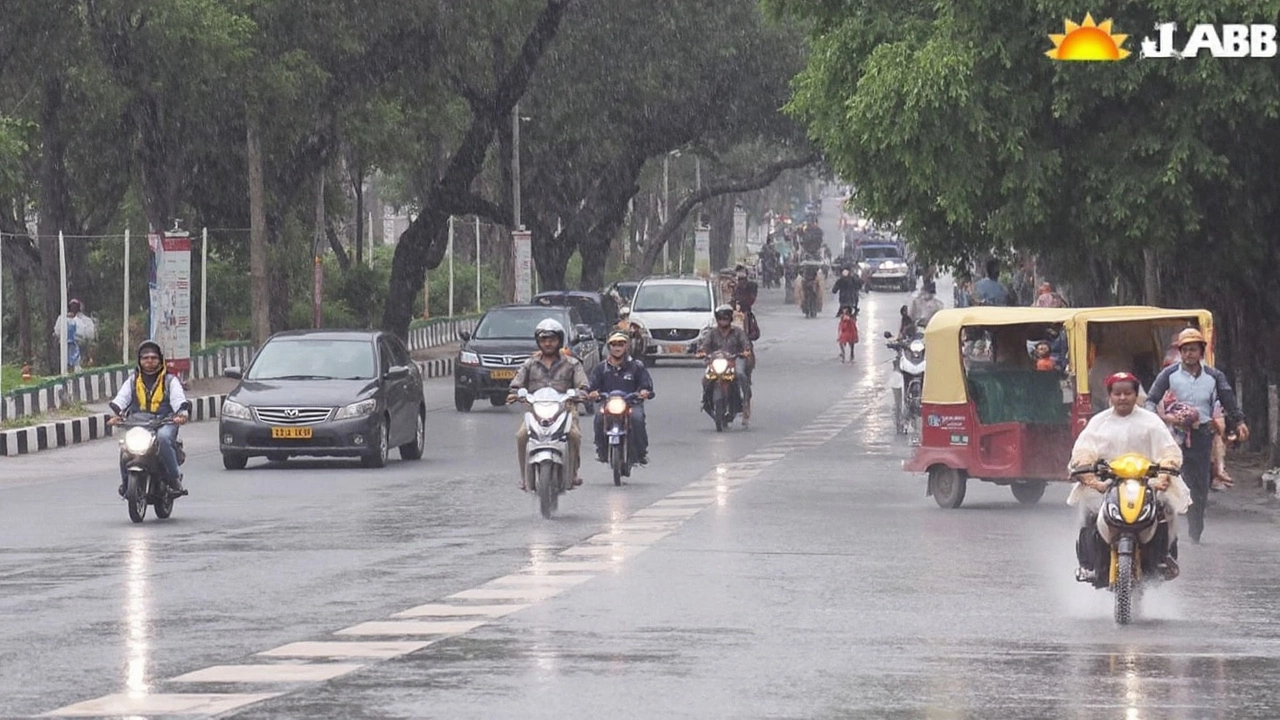Monsoon Downpours Deliver Delhi-NCR’s Best Air in Over 11 Years
Delhi-NCR hasn’t breathed air this clean in more than a decade. July 2025 turned out to be a landmark month, with the Air Quality Index (AQI) regularly slipping below 50 across several key monitoring points. That’s right—these readings fall under the ‘very good’ air quality bracket, a rare treat for the region that’s better known for its pollution headlines than fresh air alerts.
You could see it even in the numbers: Alipur measured an AQI of 28, Major Dhyan Chand National Stadium clocked in at 38, and Noida’s bustling Sector 62 registered 34. The trend wasn’t limited to a single pocket. Several localities reported similar drops in pollution, painting a picture of a city—at least for now—finally catching a break from its chronic smog problem.
So, what changed? The monsoon rains played the starring role. A relentless spell of showers at the end of July swept through the capital, scrubbing dust and pollution right out of the air. Residents who usually brace themselves for stuffy humidity and sticky pollution found themselves breathing easier instead.

Political Praise, Progress and Persistent Problems
The Delhi Environment Department was quick to celebrate. For the first time in years, there wasn’t a single July day where the AQI dipped into the ‘bad’ category. Environment Minister Manjinder Singh Sirsa shared the stats: Delhi has already racked up 118 clean air days so far in 2025, leaving previous years like 2016 (which had just 110 good air days) in the dust—literally. Sirsa credits this leap in clean air not just to the weather, but to tighter coordination across government agencies and a real swell of citizen engagement in anti-pollution efforts.
- More on-ground sweeps for dust control.
- Better waste management routines.
- Greater monitoring and data sharing between departments.
Despite these wins, the rains left the city’s infrastructure gasping. Streets in several neighborhoods turned into temporary rivers, causing endless traffic snarls and headaches for those trying to get anywhere on time. The same rainfall that spared lungs exposed every weakness in the drainage system, dragging civic planners back to the drawing board.
With the monsoon winding down, officials aren’t letting their guard down. Pollution always lurks around the corner, especially heading into autumn and winter when the air turns stagnant. As a backup, cloud-seeding trials have already been cleared for September—a move that could trigger more artificial rain if pollution spikes suddenly return. Residents and planners alike are hoping this mix of old-fashioned weather and new technology will keep Delhi-NCR’s air cleaner for longer.
So, while the region enjoys its rare stretch of breathable air, the work of preserving these Delhi NCR air quality gains is far from finished.
